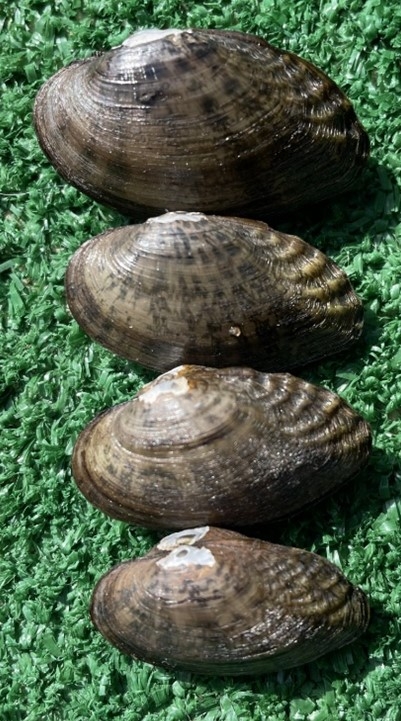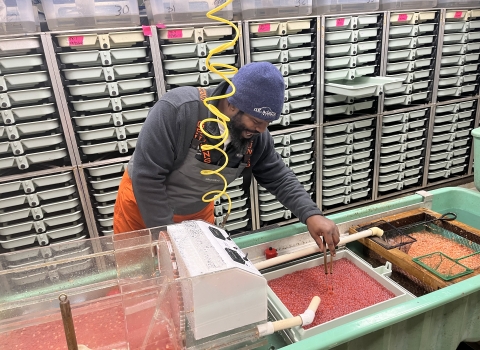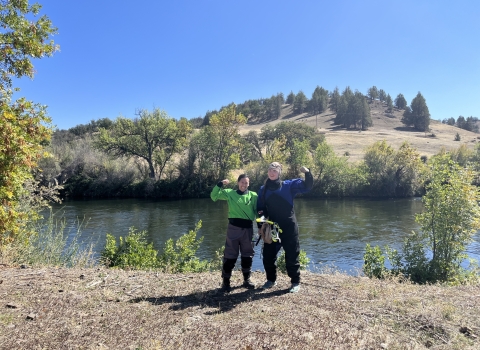The Ochlockonee River boasts a rich history that meanders through the southeastern United States. Originating in Georgia, this river flows southward, forming part of the Florida-Georgia border, and eventually empties into the Gulf of Mexico. Historically, the Ochlockonee River played a vital role in the lives of Native American communities, serving as a source of sustenance and a transportation route. As European settlers arrived, the river gained importance for trade and commerce. Over the years, it witnessed the ebb and flow of human activities, including logging and agriculture, which influenced its ecosystem.
Today, the Ochlockonee River system confronts multiple threats, including habitat degradation from urbanization and agriculture. Pollution from various sources, such as agricultural runoff and industrial discharges, poses a significant risk, degrading water quality and harming aquatic life. Altered water flow due to dams, invasive species invasive species
An invasive species is any plant or animal that has spread or been introduced into a new area where they are, or could, cause harm to the environment, economy, or human, animal, or plant health. Their unwelcome presence can destroy ecosystems and cost millions of dollars.
Learn more about invasive species , and the overarching impact of climate change climate change
Climate change includes both global warming driven by human-induced emissions of greenhouse gases and the resulting large-scale shifts in weather patterns. Though there have been previous periods of climatic change, since the mid-20th century humans have had an unprecedented impact on Earth's climate system and caused change on a global scale.
Learn more about climate change further stress the ecosystem. Conservation efforts, habitat restoration, and community involvement are essential to mitigate these threats and ensure the sustainability of the Ochlockonee River system. The Ochlockonee River is not only a testament to the region's cultural and economic past but also a focus of conservation efforts to preserve its natural beauty and ecological significance.
Threats to the Ochlockonee Moccasinshell
The Ochlockonee moccasinshell, scientific name Medionidus simpsonianus, is a freshwater mussel species native to the southeastern United States. This small to medium-sized mollusk is typically found in rivers and streams within the Ochlockonee River system, as well as other water bodies in Florida and Georgia. The Ochlockonee moccasinshell plays a crucial role in maintaining aquatic ecosystems by filtering water and serving as a habitat for various aquatic organisms. Like many freshwater mussels, the Ochlockonee moccasinshell faces threats such as habitat destruction, pollution, and changes in water flow, making conservation efforts essential to ensure the continued survival of this species.
Diving Surveys Assist Recovery Efforts
The Ochlockonee River basin is a priority watershed for the Panama City Fish and Wildlife Conservation Office with a vested interest in advancing recovery efforts for the Ochlockonee moccasinshell. For a few days at the beginning of November 2023, Panama City FWCO Biologists Andrew Hartzog, Channing St. Aubin, and Jake Roush assisted Florida Fish and Wildlife Conservation Commission (FWC) biologists with freshwater mussel surveys on the Ochlockonee River. One of the main objectives of the multiday survey effort was to find and validate gravidity timing of the Ochlockonee moccasinshell. Given that this mussel is extremely rare, this was no small task. Over the course of the survey, the team was able to find seven live individuals, two of which were gravid females. Gravid is a term used to describe females that are carrying eggs. Panama City FWCO divers Channing St. Aubin and Jake Roush were able to check deeper pockets of water within each designated survey site and managed to find four of the seven live individuals via scuba. These sampling methods exemplify improved accuracy at determining population sizes for this rare mussel, which will inform recovery and listing decisions in the future for the species.






